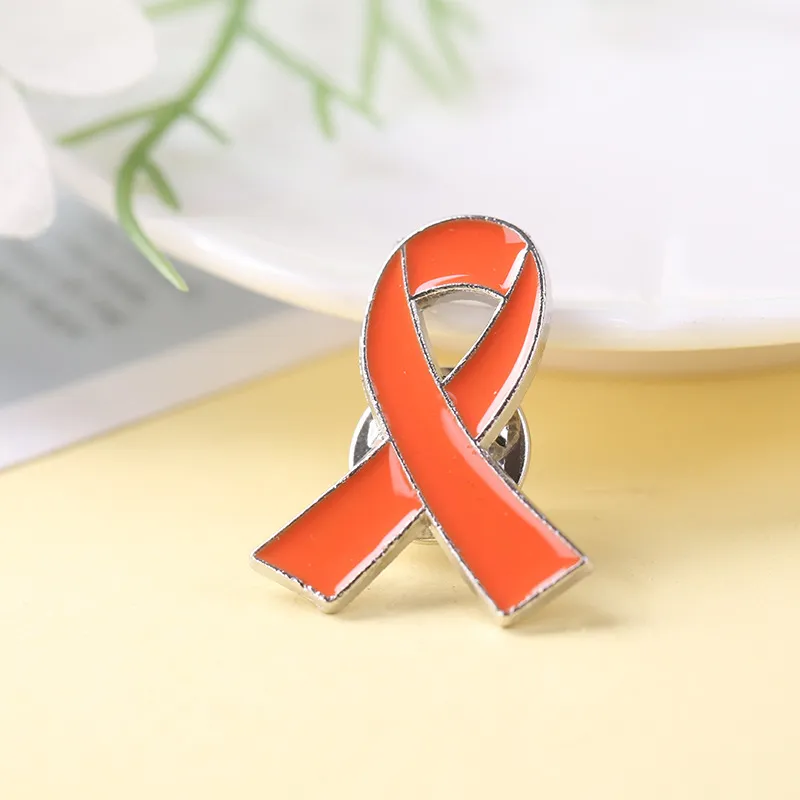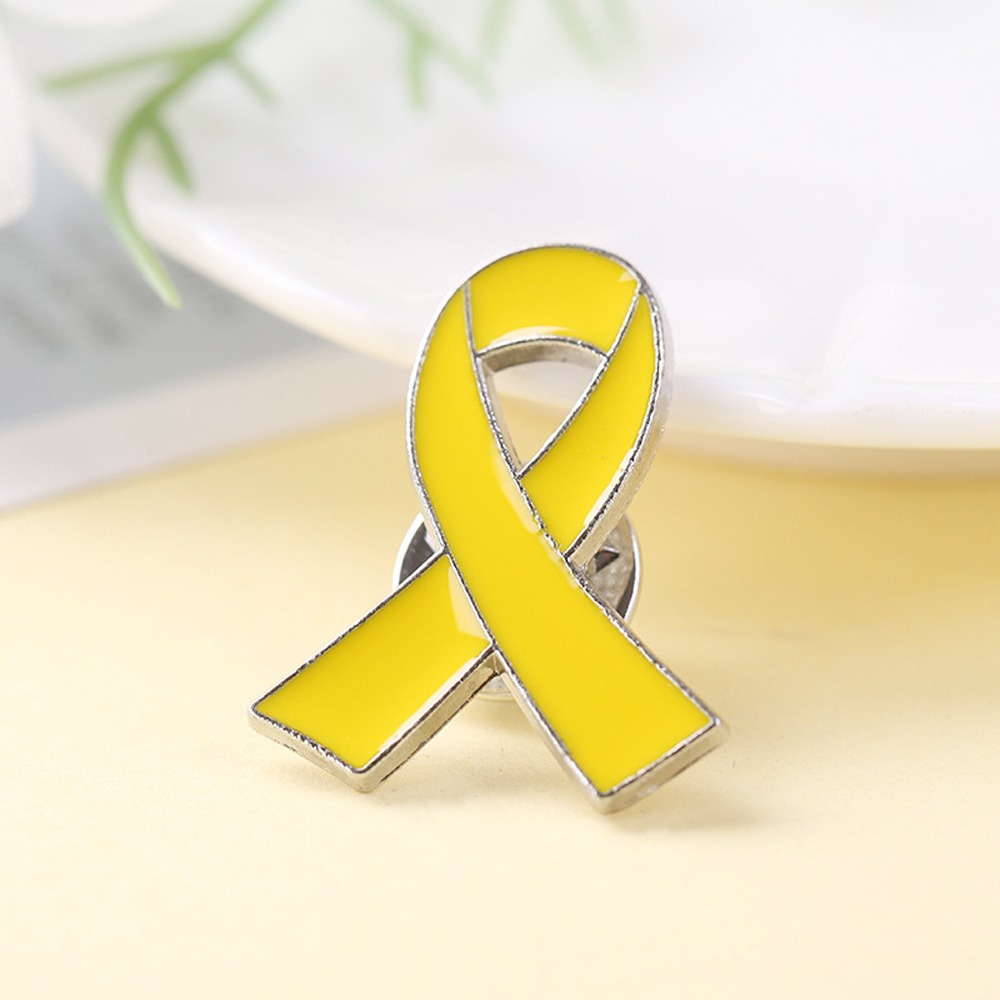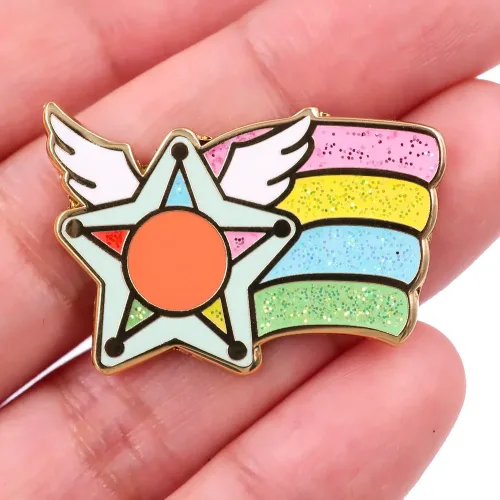
What Does the Orange Ribbon Mean? A Complete Guide
Understanding what does the orange ribbon mean goes beyond a simple piece of fabric. The orange ribbon has become a powerful awareness symbol worldwide, representing causes from leukemia awareness and self-harm prevention to cultural identity and political activism. This guide explores its history, symbolism, and global significance — giving you the most complete resource on the orange awareness ribbon available today.
Table of Contents
- Introduction
- What Does the Orange Ribbon Mean?
- Orange Ribbon in Health Awareness Campaigns
- Orange Ribbon in Social and Political Movements
- Cultural and Historical Meanings of the Orange Ribbon
- Religious and Spiritual Symbolism
- Psychological Significance of the Color Orange
- Global Uses of the Orange Awareness Ribbon
- Controversies and Challenges
- Why the Orange Ribbon Endures Today
- FAQ: What Does the Orange Ribbon Mean?
- Conclusion
Introduction
Across cultures and generations, ribbons have been used as visible markers of solidarity, remembrance, and awareness. Among them, the orange ribbon has grown into a symbol of energy, health, and justice. Whether worn on clothing, tied to trees, or displayed digitally, it conveys strong messages of support for a wide variety of causes. But to truly answer the question “what does the orange ribbon mean?”, we must look at its many associations across health, activism, and culture.
What Does the Orange Ribbon Mean?
At its core, the orange awareness ribbon represents strength, health, and social awareness. Unlike single-purpose ribbons, the orange ribbon has been adopted by multiple communities worldwide, each attaching unique meaning. The most common associations include:
- Health causes: Leukemia, multiple sclerosis, kidney cancer, and self-harm awareness.
- Social justice: Anti-racism, gun violence prevention, and cultural identity movements.
- Child welfare: Support for children in foster care and campaigns against child abuse.
This diversity makes the orange ribbon a multi-layered symbol that resonates across different audiences and contexts.
Orange Ribbon in Health Awareness Campaigns
One of the most common uses of the orange ribbon is in health awareness. Many medical conditions and wellness causes have adopted orange as their signature ribbon color.
- Leukemia Awareness: The orange ribbon is most strongly associated with leukemia campaigns, symbolizing support for patients, survivors, and research funding.
- Kidney Cancer: In many countries, orange ribbons are used to raise awareness of kidney cancer, promoting early detection and patient support.
- Multiple Sclerosis: The vibrant orange shade reflects resilience and visibility in campaigns for multiple sclerosis awareness.
- Self-Harm Awareness: Orange ribbons are also worn in campaigns to raise awareness about self-harm and promote mental health support.
These campaigns use the orange ribbon as a highly visible, emotional reminder that connects communities, encourages donations, and supports research efforts.
Orange Ribbon in Social and Political Movements
The orange ribbon is also a prominent symbol in political and social justice movements:
- Gun Violence Prevention: In the United States, the Wear Orange campaign honors victims of gun violence and advocates for stronger gun safety laws. The campaign began in memory of Hadiya Pendleton, a teenager killed by gun violence in Chicago.
- Anti-Racism Movements: Orange ribbons are sometimes worn to show solidarity with anti-racism campaigns and as a sign of cultural unity.
- Child Welfare: Advocates against child abuse often use the orange ribbon as a call to protect vulnerable children and raise awareness about foster care systems.
- Irish Cultural Identity: In Northern Ireland, orange ribbons are sometimes used in association with Protestant identity and political marches.
These political and cultural associations show how the orange ribbon extends beyond health causes to become a rallying symbol for justice and reform.
Cultural and Historical Meanings of the Orange Ribbon
Throughout history, orange has been associated with strength, visibility, and courage. The orange ribbon draws on these cultural connotations:
- Protest traditions: In some regions, orange has been used in demonstrations for democracy and reform.
- National identity: Orange carries strong historical connections to the Netherlands (House of Orange) and Ireland, where it reflects cultural heritage and political movements.
- Awareness campaigns: Cultural festivals and public events often incorporate orange ribbons to mark solidarity with social causes.
The color orange itself represents a bridge between red’s intensity and yellow’s optimism, making it powerful in cultural symbolism.
Religious and Spiritual Symbolism
Orange holds spiritual significance across multiple faiths:
- Buddhism: Saffron and orange robes are worn by monks as symbols of humility, wisdom, and detachment from materialism.
- Hinduism: Orange (saffron) is a sacred color symbolizing fire, purity, and divine energy.
- Christianity: Though less common, orange can symbolize strength and endurance in the face of trials.
Because of these associations, the orange ribbon often resonates in spiritual contexts as a sign of resilience, purity, and higher purpose.
Psychological Significance of the Color Orange
In color psychology, orange is linked to energy, enthusiasm, and creativity. This explains why the orange awareness ribbon evokes such a strong emotional response.
- Optimism: Orange sparks feelings of warmth and encouragement, vital for campaigns dealing with heavy issues like illness or violence.
- Visibility: As a bright, eye-catching color, orange is difficult to ignore, making it effective for public awareness campaigns.
- Balance: Sitting between red and yellow, orange is seen as a balanced color that conveys urgency without aggression.
This emotional impact helps explain why orange ribbons are so widely adopted for both health and social justice causes.
Global Uses of the Orange Awareness Ribbon
Different regions around the world interpret the orange ribbon meaning in unique ways:
- United States: Primarily associated with leukemia awareness, multiple sclerosis, and gun violence prevention campaigns.
- Europe: Used for kidney cancer awareness, democratic movements, and sometimes national identity expressions.
- Asia: In Buddhist and Hindu contexts, the color orange carries strong spiritual significance, adding weight to awareness campaigns that use it.
- Africa: In some regions, orange is associated with harvest, life, and community resilience.
Despite different interpretations, the unifying theme is solidarity, visibility, and courage.
Controversies and Challenges
Like many symbols, the orange ribbon has not been free of controversy:
- Multiple meanings: Because the ribbon is tied to many different causes, it can sometimes confuse audiences.
- Political divisions: In places like Ireland and Northern Ireland, orange carries political baggage that can polarize communities.
- Commercialization: Critics argue that mass-producing ribbons risks cheapening the emotional significance of the symbol.
Despite these challenges, the orange ribbon remains a highly respected emblem of awareness and justice.
Why the Orange Ribbon Endures Today
The orange ribbon continues to thrive as a symbol because it is:
- Versatile — used across health, social, cultural, and political movements.
- Emotional — invokes energy, support, and optimism.
- Visible — its bright color ensures it cannot be ignored.
- Universal — resonates across both secular and religious contexts.
Few symbols manage to maintain relevance across so many different arenas, making the orange ribbon a unique and enduring emblem.
FAQ: What Does the Orange Ribbon Mean?
Q1: What does the orange ribbon mean for health?
It represents leukemia, kidney cancer, multiple sclerosis, and self-harm awareness campaigns.
Q2: What does the orange ribbon mean in politics?
It is often tied to movements for gun violence prevention, anti-racism, and child welfare advocacy.
Q3: Why is the orange ribbon used for gun violence awareness?
The Wear Orange campaign began in the U.S. to honor Hadiya Pendleton, a teenager killed by gun violence, and has become a national movement.
Q4: Does the orange ribbon have religious significance?
Yes, it is linked to Buddhism and Hinduism as a sacred color symbolizing wisdom, fire, and spiritual strength.
Q5: What emotions does the color orange represent?
Orange evokes energy, optimism, and visibility, making it ideal for awareness ribbons that need to stand out.
Conclusion
So, what does the orange ribbon mean? It is a multifaceted symbol of health, awareness, justice, and spiritual strength. From leukemia campaigns and multiple sclerosis awareness to anti-gun violence movements and religious traditions, the orange ribbon connects people across different causes and continents.
Its endurance lies in its visibility, adaptability, and emotional impact. Whether tied on a tree, worn as a lapel pin, or displayed online, the orange ribbon continues to inspire hope, resilience, and unity worldwide.







